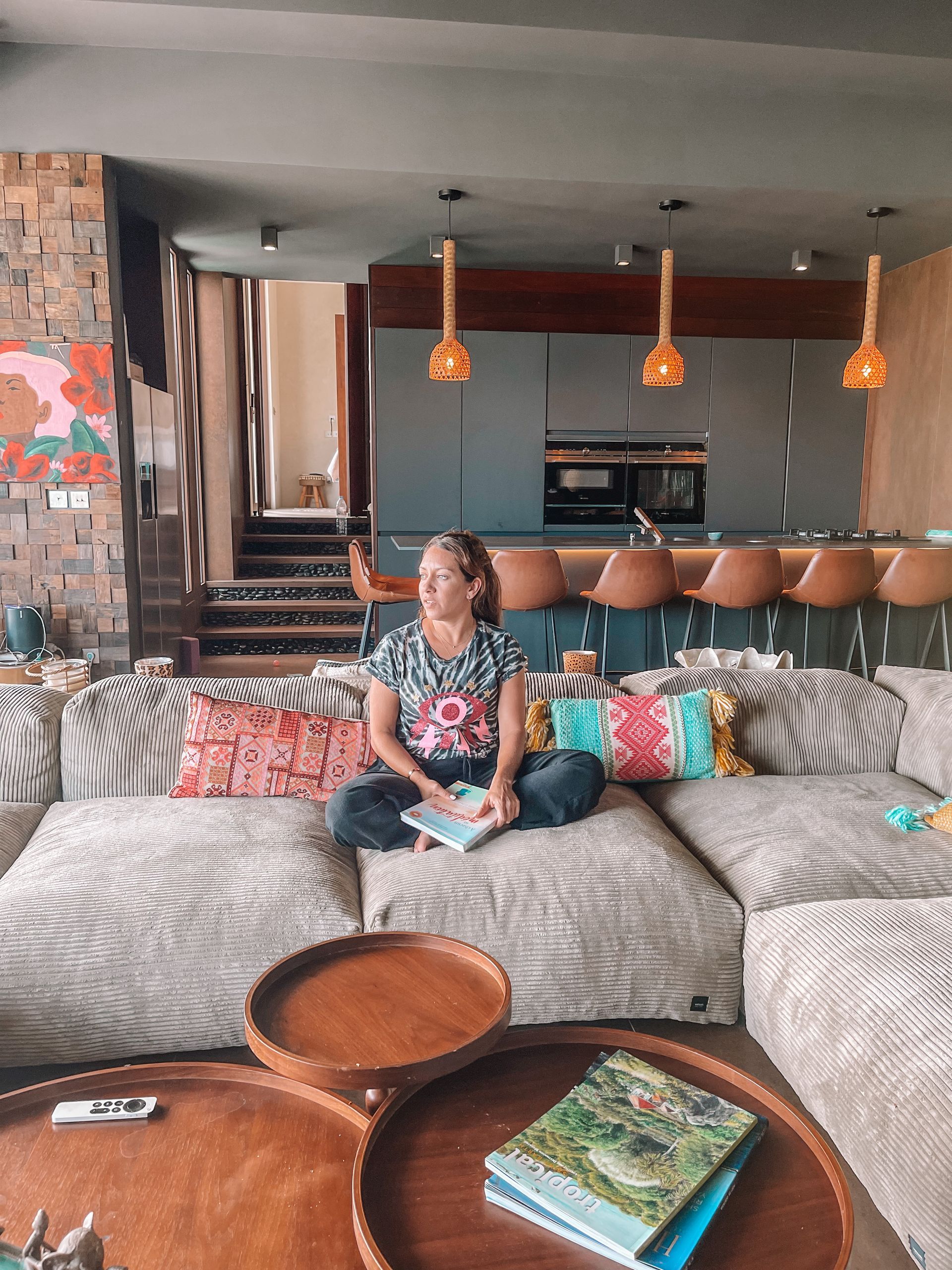🧘♀️ The Art of Guiding an Effective Relaxation
🧘♀️ The Art of Guiding an Effective Relaxation
✨ Why is relaxation so essential?
After a yoga session, the body has been moved, stretched, sometimes intensively worked.
But most importantly, it has been inhabited with
awareness. Relaxation allows:
- Stabilizing the energy activated during the practice
- Supporting physical, emotional, and mental integration
- Offering a space for silence and presence
- Stimulating the parasympathetic nervous system (rest and regeneration)
- Allowing deep sensations or new insights to emerge
🧘 When guided mindfully, relaxation becomes a true inner transformation space.
🕯️ Creating the right atmosphere for letting go
Even before speaking, the atmosphere should invite release.
Here are some essential elements:
The setting:
- Soft, dim lighting or natural light
- A comfortable temperature (offer blankets, socks if needed)
- Mats properly laid out, with cushions under knees or head for comfort
- A quiet environment respected by the whole group
The sound:
- Complete silence
- Or slow, non-rhythmic ambient music
- Or soft natural sounds (singing bowls, nature sounds, gentle soundscapes)
The teacher’s energy:
- Calm, unhurried presence
- Deep, steady breathing
- A clear intention: to offer a space of unconditional welcome
🎙️ What voice and words should you use?
How you guide this moment matters just as much as what you say.
✅ What helps:
- A soft, grounded, steady voice
- Pauses and silence between phrases
- Simple, sensory-based instructions
- A slow, steady rhythm
- Invitations rather than commands: "You may...", "If it feels right for you..."
❌ What to avoid:
- Talking too much or over-explaining
- A monotone or forced tone
- Abstract or overly personal metaphors
- Intrusive instructions (e.g., "Release your emotions," "Feel your soul rising")
💡 The key: Say little, but say it well. Leave space between your words. And most of all, listen as much as you guide.
🌬️ Teacher’s posture and presence
During relaxation, students are vulnerable and open.
Your presence as a teacher is crucial to creating a secure, nurturing space.
- Stay seated or standing, but stable and attentive
- Avoid walking around, fidgeting, or cleaning during relaxation
- Stay energetically connected to the group, even in silence
- Do not physically leave the space unless absolutely necessary
You are the guardian of the space: your grounded presence anchors your students’ relaxation.
🌱 Suggestions to enrich a relaxation
Depending on your session type, style, and intention, you can add elements such as:
Guided visualizations:
- Light spreading through the body
- A full-body scan from head to toes
- Floating sensations, feelings of weightlessness
- Mental imagery of nature or an inner sanctuary
Positive affirmations (spoken softly or mentally):
- "I am safe."
- "I allow myself to fully rest here and now."
- "My body integrates everything it has received."
Gentle rituals:
- A singing bowl to open/close the silence
- Symbolic gestures (hands on heart, Anjali Mudra)
- A calming fragrance or natural spray (used mindfully)
💡 Examples of effective phrases
"Take a moment to feel the full weight of your body surrendering into the ground."
"Notice your breath moving naturally, without needing to control it."
"Allow the effects of your practice to gently infuse you, like a warm tea."
"There is nothing to do, nowhere to go. Just be here."
🎓 Why refine your way of guiding relaxation?
Because this final phase can transform a good session into a
truly memorable experience.
It’s the last imprint your students will carry with them. It’s what stays, what touches them, what nourishes them.
By refining your guidance:
- You strengthen your pedagogical identity
- You bring more depth into your teaching
- You offer a true moment of regeneration to your students
📩 In summary
✅ Relaxation is not a "pause" or an "option" — it is the
heart of integration
✅ It requires a
subtle, compassionate, and grounded presence
✅ The right words, silences, and tone can
transform this moment
✅ It is an
art in itself, worthy of being cultivated
🪷 Ready to deepen your art of guiding relaxation?
At YogaDanse.eu, we support you in:
🌟 Building inspiring session endings
🌟 Finding your true voice and authentic presence
🌟 Offering concrete tools to enrich your teaching
📖 Discover our programs here → www.yogadanse.eu
Namaste
🪷
And thank you for guiding with consciousness, kindness, and presence ✨







